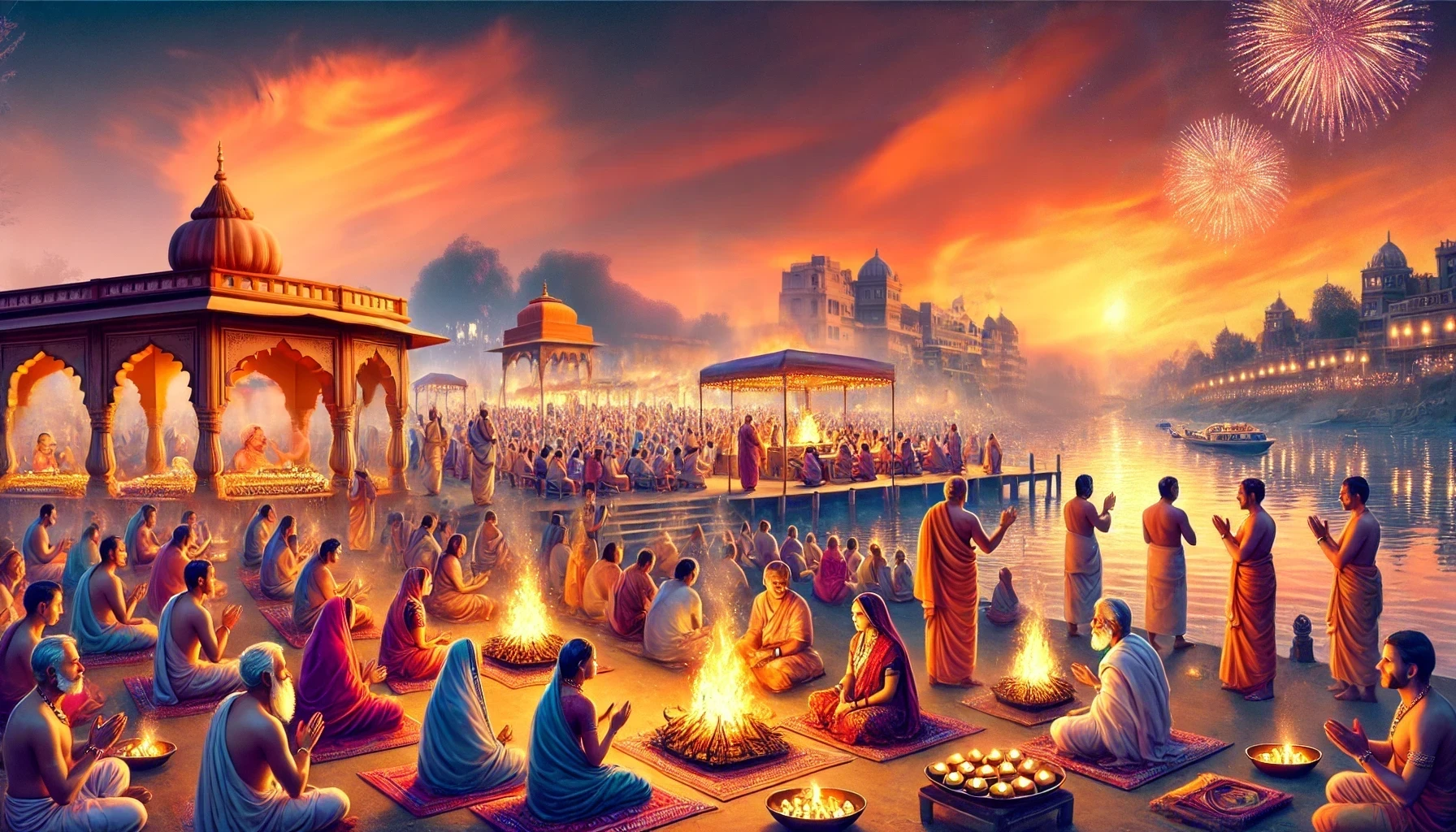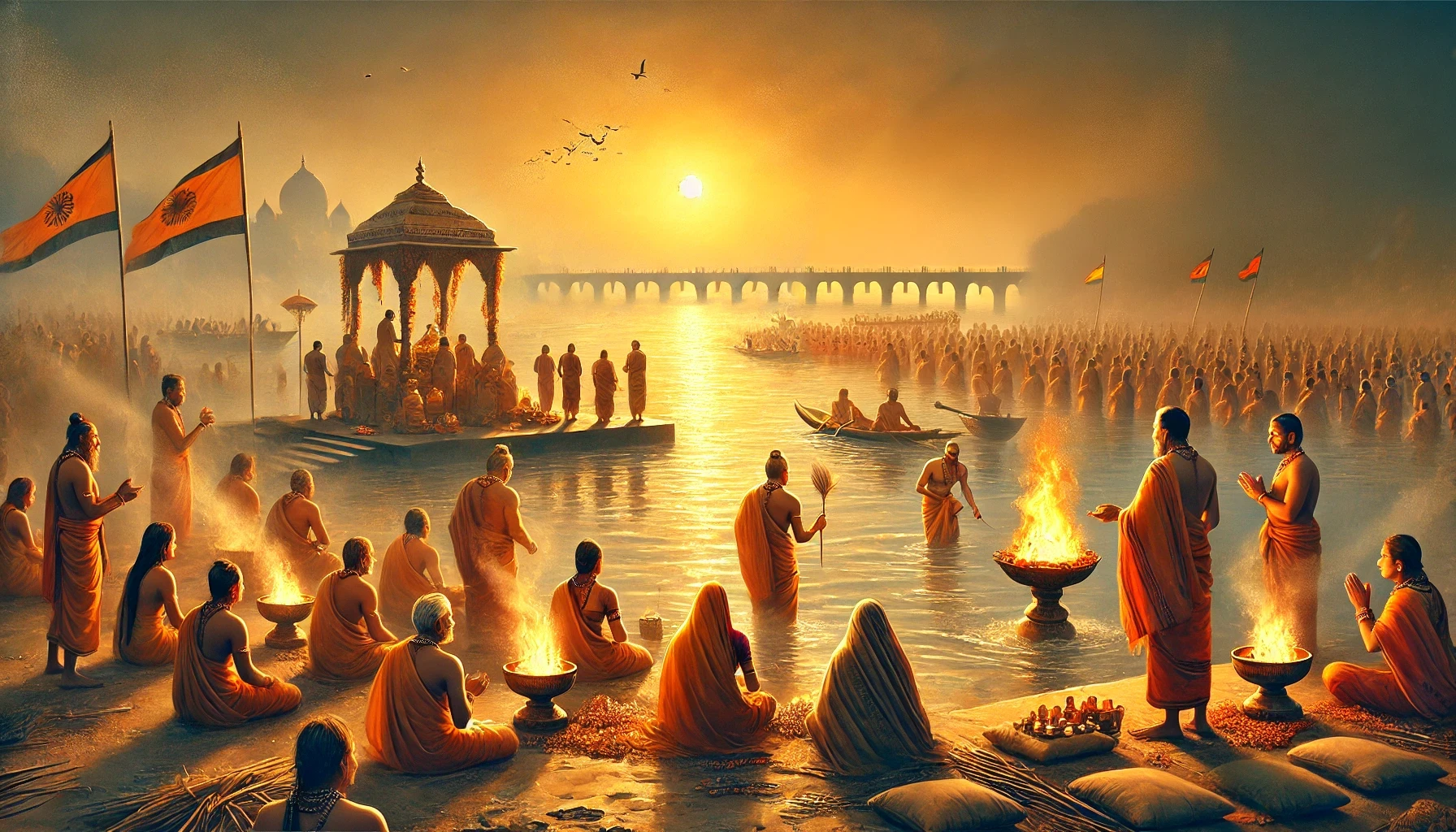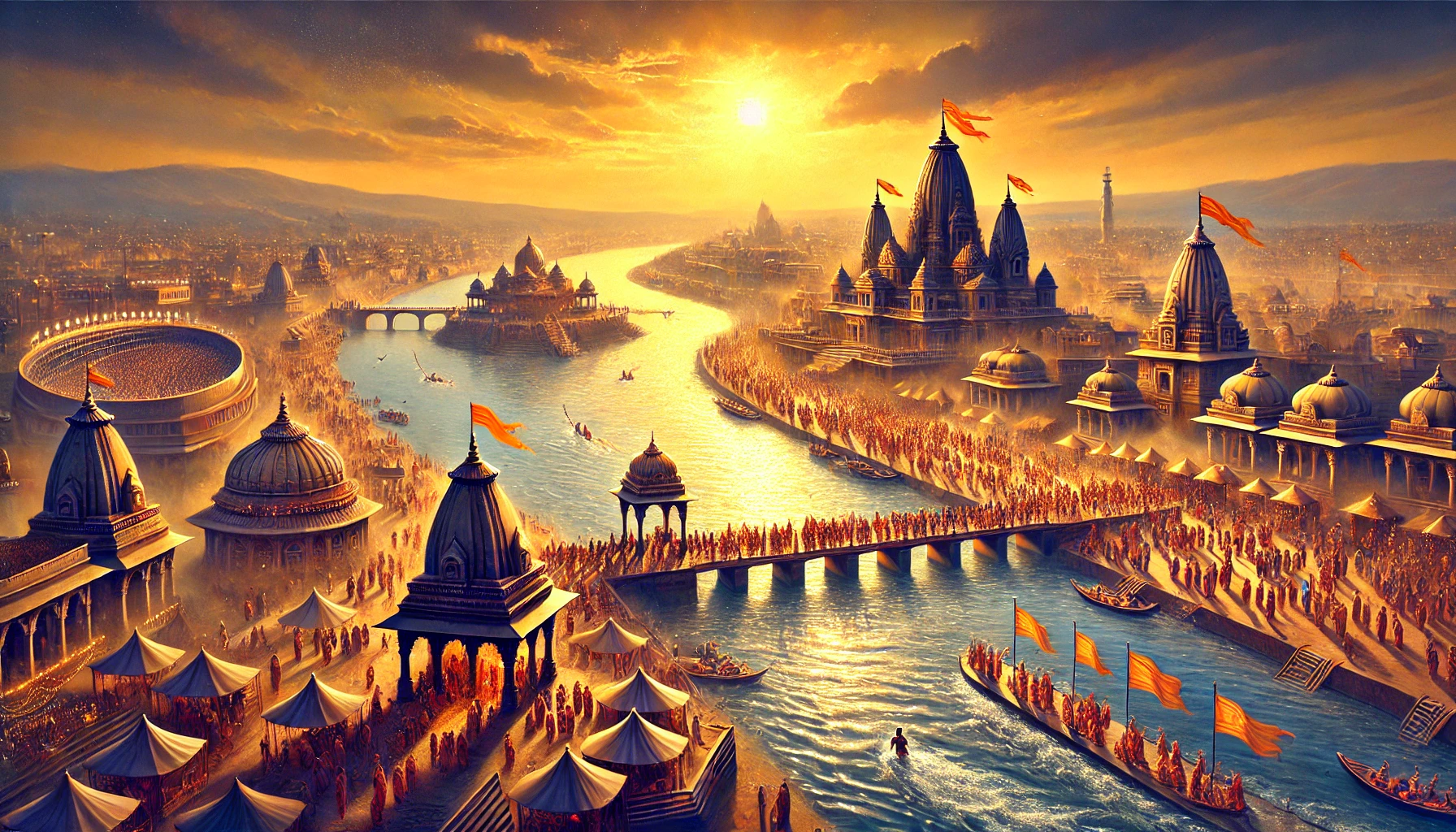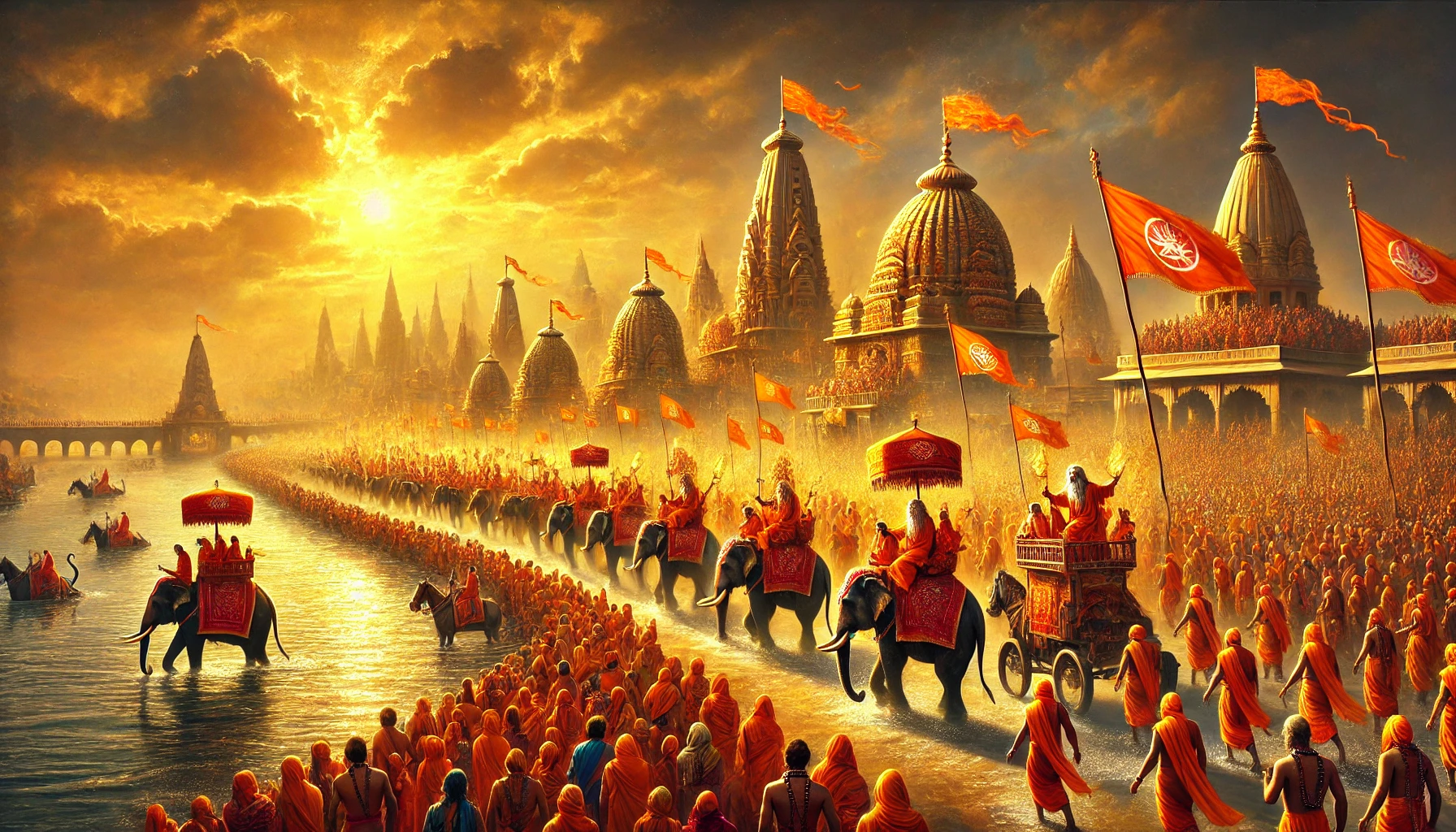Jeans are the quintessential global commodity, an item of apparel made from a type of cloth, denim, that is one of the most widely traded goods in the world. As the most common cotton product, denim jeans embody the interconnected world economy of the late 20th and early 21st century. Raw cotton, spun yarn and cotton textiles are among the most treasured commodities worldwide. Cotton is the material of clothing and furnishing and – notwithstanding the success of synthetic fibres in the 20th century – is still the most popular fabric for garments of everyday use.
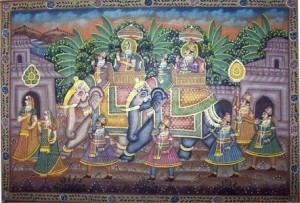
Yet the story of cotton textiles is not a recent one. In fact, far from being a product of today’s markets and a response to global consumer desires, cotton textiles have been over the past millennium among a small group of internationally distributed goods, which include cotton’s rival, silk, as well as spices and silver. But while the histories of silk, silver and spices are relatively well known, the same cannot be said of cotton, which is often seen as a product of the English Industrial Revolution, a commodity strongly intertwined with the history of European economic growth since the 18th century.
The link between cotton and the Lancashire mills, however, is only a part of the complex history of this fibre and fabric. Before the Industrial Revolution cotton textile production had been a major part of the Indian economy. By 1400 its cultivation, spinning and weaving was common not just in South Asia but also in China, the Middle East, South-East Asia and West Africa. Europe was the one part of the world where cotton was neglected; its cultivation was virtually impossible in the continent’s relatively harsh climate. During the Middle Ages Italian merchants imported cotton textiles from the Levant and also produced some mixed cotton and linen fabrics of their own (called ‘fustians’) in cities such as Milan, Verona and, eventually, in Ulm in southern Germany.
Before 1500 cotton’s success in Europe was limited. Things changed dramatically when direct trading routes with Asia were established by Europeans at the end of the 15th century. When European traders reached India they were astonished by the variety and quality of cotton textiles for sale. India boasted several regions of cotton manufacture, where entire villages wove different types of fabric, ranging from fine muslins to colourful calicoes. Three areas in particular dominated the production of cotton textiles to be sold across Asia and beyond: Gujarat in north-west India; the Coromandel and Malabar coasts in southern India; and Bengal, now in eastern India and Bangladesh.
A Dutch traveller and trader, Jan Huyghen van Linschoten, provides us, in his Voyage to the East Indies (1598), with a view of cotton production in India at the end of the 16th century. He noticed how:
There is excellent faire linnen of Cotton made in Negapatan, Saint Thomas, and Masulepatan, of all colours, and woven with divers sorts of loome workes and figures, verie fine and cunningly wrought, which is much worne in India, and better esteemed then silke, for that is higher prised than silke, because of the finenes and cunning workmanship.
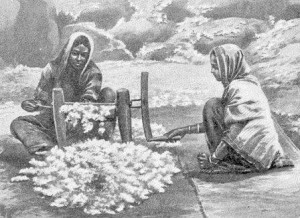 There were international markets in cotton by the time of van Linschoten, as can be seen by the appearance of nearly identical cotton cloths in places as far away as Egypt and the Sulawesi Islands of South-East Asia. Examples date from the 14th century and were produced in Gujarat, where they were decorated with the so-called ‘goose’ (hamsa) pattern and traded between merchants at opposite ends of the Indian Ocean. Hamsa textiles demonstrate how cottons produced in South Asia constituted the foundations of a wide-ranging trade that spread via land and sea as far as Indonesia and Japan in the east and Saudi Arabia, Ethiopia and Egypt in the west. Cotton textiles were exchanged for a variety of commodities, ranging from spices to foodstuffs to luxury goods. Cottons featured among the products traded between the Indian Ocean and East Africa as early as the 14th century, together with other fine cloths, beads, copper, Islamic earthenware, glass and Chinese porcelain. In Malacca Indian cottons were exchanged for pepper, camphor, spices, sandalwood, Chinese porcelain, silk and metals. In Sri Lanka and the Maldives textiles were the main commodity, traded for cinnamon, pepper, cowry shells and areca (a kind of palm).
There were international markets in cotton by the time of van Linschoten, as can be seen by the appearance of nearly identical cotton cloths in places as far away as Egypt and the Sulawesi Islands of South-East Asia. Examples date from the 14th century and were produced in Gujarat, where they were decorated with the so-called ‘goose’ (hamsa) pattern and traded between merchants at opposite ends of the Indian Ocean. Hamsa textiles demonstrate how cottons produced in South Asia constituted the foundations of a wide-ranging trade that spread via land and sea as far as Indonesia and Japan in the east and Saudi Arabia, Ethiopia and Egypt in the west. Cotton textiles were exchanged for a variety of commodities, ranging from spices to foodstuffs to luxury goods. Cottons featured among the products traded between the Indian Ocean and East Africa as early as the 14th century, together with other fine cloths, beads, copper, Islamic earthenware, glass and Chinese porcelain. In Malacca Indian cottons were exchanged for pepper, camphor, spices, sandalwood, Chinese porcelain, silk and metals. In Sri Lanka and the Maldives textiles were the main commodity, traded for cinnamon, pepper, cowry shells and areca (a kind of palm).
The trade between India and South-East Asia formed the core of the intra-Asian trade, with textiles acting as a surrogate currency for long-distance commerce. A variety of trading communities, ranging from Gujarati merchants to Jewish, Muslim and Armenian traders, connected areas of production in different parts of India to booming markets in South-East Asia, as well as to East Africa and the Gulf. They tapped into the demand for cotton cloth, especially in regions where it was not produced locally. In other areas of South-East and East Asia more expensive types of cloth supplemented local textile consumption and were used for special occasions, such as ritual celebrations, or were passed down from one generation to the next as heirlooms. In Japan Indian chintzes and calicoes were widely used and even integrated within traditional kimonos. When the Portuguese reached Japan in the mid-16th century they were considered to be nothing more than barbarians (namban). However their attire – exotic garments of European shape produced in India using local fabrics – was admired and imitated by the Japanese.
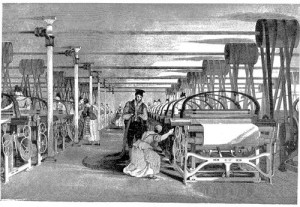 The arrival of Europeans in the Indian Ocean only increased the appeal of Indian cotton textiles. European merchants were more interested in trading finished cloth (back to Europe as well as within Asia) than spun yarn or raw cotton, which were bulky commodities that secured less profitable returns. Historians have debated the importance that European traders came to acquire in the intra-Asian trade (known as ‘country trade’) in textiles and on their share of the overall trade of Indian textiles. The cotton trade became truly global when Asian cottons started to be desired not just in Asia but also in Europe, Africa and the Americas.
The arrival of Europeans in the Indian Ocean only increased the appeal of Indian cotton textiles. European merchants were more interested in trading finished cloth (back to Europe as well as within Asia) than spun yarn or raw cotton, which were bulky commodities that secured less profitable returns. Historians have debated the importance that European traders came to acquire in the intra-Asian trade (known as ‘country trade’) in textiles and on their share of the overall trade of Indian textiles. The cotton trade became truly global when Asian cottons started to be desired not just in Asia but also in Europe, Africa and the Americas.
At the height of the Carreira da Índia (the Portuguese state-run company trading with Asia in the 16th and 17th centuries) textiles were not central to European commerce. They served as a medium through which to attain the spices – pepper, camphor and nutmeg – that were in demand and which fetched high prices on the markets of Lisbon and other European cities. Indian textiles were used to pay for the spices that European traders purchased in the remote islands of South-East Asia or in markets such as Malacca. Over the 16th century, however, Indian cotton cloth became a commodity for trade in its own right and began to be brought back to Europe; the Portuguese became fond of cotton coverlets and wall hangings.
Over the next two centuries, and especially after the mid-17th century, the Dutch East India Company (VOC) and its English counterpart became players in the Asian textile trade. The relative decline of the Portuguese Carreira allowed the North Atlantic powers to get hold of Asian ports from which to trade. These were the ‘factories’ – trading ports where commodities of different types were assembled – to be traded either back to Europe or to other parts of Asia. Some factories were taken by force, others through skilful negotiations with local rulers. By the 1660s the VOC had penetrated the Indonesian market; the Dutch gained exclusive rights to trade in the port of Makassar in Sulawesi, thus excluding both Indian and Malay merchants from their traditional market.
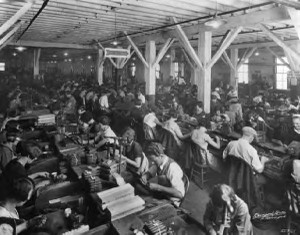 In the 17th and 18th centuries the position of European trading companies in the Indian Ocean strengthened. The high profits of the intra-Asian cotton textile trade (coupled with the declining importance of spices) explain why European traders invested heavily in it. By the 1770s European traders controlled around a half of all shipments of goods from Batavia to India. Batavia was the entrepôt for trade in various Indian cottons, such as guinea cloth and salempuri. Over 50,000 pieces of guinea cloth (a product destined for African markets) and salempuri from Coromandel and baftas and niquanias from Surat in Gujarat were traded each year, most of which found their way to Java, Bali, eastern Indonesia and other parts of the archipelago.
In the 17th and 18th centuries the position of European trading companies in the Indian Ocean strengthened. The high profits of the intra-Asian cotton textile trade (coupled with the declining importance of spices) explain why European traders invested heavily in it. By the 1770s European traders controlled around a half of all shipments of goods from Batavia to India. Batavia was the entrepôt for trade in various Indian cottons, such as guinea cloth and salempuri. Over 50,000 pieces of guinea cloth (a product destined for African markets) and salempuri from Coromandel and baftas and niquanias from Surat in Gujarat were traded each year, most of which found their way to Java, Bali, eastern Indonesia and other parts of the archipelago.
The fustians that had been produced in medieval Europe provided neither the quality nor the rich colours of Indian textiles. This is one of the reasons why the European East India companies were so successful trading Indian cottons back to Europe. Literally millions of pieces of cotton cloth, each of which was around 20 yards long, were imported every year from India throughout the 17th and 18th centuries. They constituted a quarter of everything traded by the VOC and comprised an astonishing two thirds of the cargoes of the British East India Company.
Initially these textiles were used to decorate rooms. In the 17th and 18th centuries large-scale wall hangings made of Indian chintz became especially popular for lining bedrooms. These ‘palampores’ represented scenes with birds and flora or the famous tree of life, all design motifs that were especially produced for European consumers. Sometime in the second half of the 17th century Indian cottons started to be used for clothing. The anonymous author of The Trade of England Revived (1682) explained that consumers wanted ‘a Bangale that is brought from India, both for Lynings to Coats, and for Petticoats too’. In Molière’s play Le Bourgeois gentilhomme (1670) Monsieur Jourdain decides to don an informal robe (banyan) made of calicoes: ‘I had this printed cotton made up’, he says with confidence. ‘My tailor told me that people of quality wear them in the morning.’ A few years later Daniel Defoe would frown upon the ‘persons of quality dressed in Indian carpets’.
Across Europe the increasing importance of Asian textiles was welcomed with mixed feelings. Those opposing their importation periodically publicised their laments aimed at convincing the public and Parliament that the interests of the English wool and silk workers had to be protected. They argued that importing textiles was prejudicial to the work of the poor and workers (artificers), who could no longer find 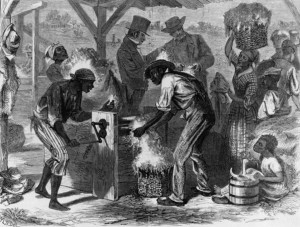 sufficient employment in spinning and weaving. They also used mercantilist language, arguing that the ‘wealth of the nation’ was diminished by the ‘melting down of coins’ that served as bullion to pay for the importation of Asian luxuries. These arguments masked the weak position of European manufactures, often unable to compete with the quality of Indian imported cloth that, as one source admitted, were ‘70 p. Cent [cheaper] in India than can be bought here’.
sufficient employment in spinning and weaving. They also used mercantilist language, arguing that the ‘wealth of the nation’ was diminished by the ‘melting down of coins’ that served as bullion to pay for the importation of Asian luxuries. These arguments masked the weak position of European manufactures, often unable to compete with the quality of Indian imported cloth that, as one source admitted, were ‘70 p. Cent [cheaper] in India than can be bought here’.
Parliament passed a number of Acts between 1690 and 1721, banning the import of such cloths as calico and chintz (the Acts were repealed in 1774, by which time British technological advances, such as the spinning jenny, the water frame and the spinning mule, had effectively ended competition with Asian manufacturers). The passing of the Acts were episodes in the fight between the interests of commerce on the one hand (especially those of the East India companies) and those of manufacture on the other. Ultimately the latter won, to the disappointment of traders and consumers alike. The British weavers exulted at the news of the ban on the import of Indian textiles: theWeavers Triumph, a one-page broadsheet, proclaimed that ‘many Thousand poor Souls will most joyfully Commemorate the gladiom [of gladness] Day, and unanimously return Thanks to the King and Parliament, for thus Rettreving their Ruined Trade’. In June 1720, on the eve of the ban on Indian calicoes imported into Britain, one Dorothy Orwell was assaulted by weavers in Red Lion Fields in Hoxton, East London, who ‘tore, cut, and pull’d off her Gown and Petticoat by Violence, threatened her with vile Language, and left her naked’ in the square. In other cases women found wearing calicoes had acid thrown at their clothing, a bitter act reminiscent of assaults on women wearing fur at the end of the 20th century.
The offensive against cottons achieved momentum in other parts of Europe: a series of bans against the import and wearing of Indian cottons was passed in many countries, starting in France in 1686. These were followed by similar measures in Spain and Prussia, with the result that all European nations, with the exception of the Dutch Republic, banned the import and wearing of Indian textiles. Notwithstanding the intentions of legislators, however, it also appears that bans were quite ineffectual at preventing consumers from buying Indian calicoes and chintzes. In England, as in France and elsewhere, people continued to wear the forbidden cloth, risking fines, incarceration or simple humiliation. The wife of a councillor in the French city of Rennes registered her surprise that there were people ‘at eleven o’clock in the morning near the city walls, dressed in calicoes’.
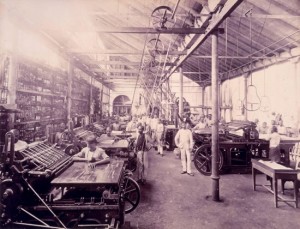 The sale and consumption of Indian cloth and, with time, European copies, was big business not just in Europe but also across the Atlantic. Thanks to European merchants, cotton textiles were traded, too, across the Atlantic Ocean, reshaping people’s consumer habits as well as the economies and societies of Europe, Africa and the Americas. An important outlet was the African market, where cottons imported from India and produced in Europe were in high demand. Already in the 16th century Portuguese traders on their way back to Lisbon from Asia had realised that Indian cloth would sell well on the coast of West Africa. Although most European representations of Africans showed them as ‘naked savages’, they were both clothed and sophisticated in their tastes. They had precise ideas about the types of cloth that they wanted and the prices that they were willing to pay. In 1760 the Dutch trader Ludewig Ferdinand Rømer explained that:
The sale and consumption of Indian cloth and, with time, European copies, was big business not just in Europe but also across the Atlantic. Thanks to European merchants, cotton textiles were traded, too, across the Atlantic Ocean, reshaping people’s consumer habits as well as the economies and societies of Europe, Africa and the Americas. An important outlet was the African market, where cottons imported from India and produced in Europe were in high demand. Already in the 16th century Portuguese traders on their way back to Lisbon from Asia had realised that Indian cloth would sell well on the coast of West Africa. Although most European representations of Africans showed them as ‘naked savages’, they were both clothed and sophisticated in their tastes. They had precise ideas about the types of cloth that they wanted and the prices that they were willing to pay. In 1760 the Dutch trader Ludewig Ferdinand Rømer explained that:
The Blacks … would rather have the entire purchase sum in dry goods, such as cottons, gingham, salempuris, calavap, etc. A sensible ship’s captain knows, at whatever place on the Coast he is, which of his goods are in demand. But he does not know which goods will be in demand when he goes fifty mile further along the Coast.
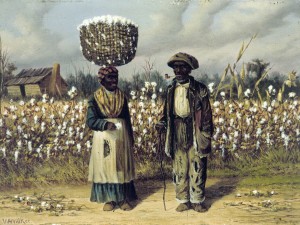 West African consumers had long worn Indian cottons, which had reached them via the trans-Saharan routes. European traders soon learned that it was not the painted calicoes that were in demand in West Africa but simpler geometric patterns of stripes and checks. It is estimated that by the mid-17th century the Gold Coast of Africa purchased more than 20,000 metres of Indian and European cotton cloth each year. In the late 1760s and early 1770s the French city of Rouen exported to Africa an average of 600,000 livres (£40,000) worth of simple cotton checks. The cloth served to buy slaves to be transported to the Americas, where they would cultivate, among other produce, raw cotton for the new European cotton industry, thus linking the movement of goods and enslaved labour and the expansion of industrial production. In a 1704 petition British traders claimed that in Jamaica ‘being situated in a hot climate, much of the clothing of the inhabitants is stained calicoes, which being light and cheap and capable of often washing contributes very much to the keeping them clean and in health’.
West African consumers had long worn Indian cottons, which had reached them via the trans-Saharan routes. European traders soon learned that it was not the painted calicoes that were in demand in West Africa but simpler geometric patterns of stripes and checks. It is estimated that by the mid-17th century the Gold Coast of Africa purchased more than 20,000 metres of Indian and European cotton cloth each year. In the late 1760s and early 1770s the French city of Rouen exported to Africa an average of 600,000 livres (£40,000) worth of simple cotton checks. The cloth served to buy slaves to be transported to the Americas, where they would cultivate, among other produce, raw cotton for the new European cotton industry, thus linking the movement of goods and enslaved labour and the expansion of industrial production. In a 1704 petition British traders claimed that in Jamaica ‘being situated in a hot climate, much of the clothing of the inhabitants is stained calicoes, which being light and cheap and capable of often washing contributes very much to the keeping them clean and in health’.
Continental Latin America, too, experienced cotton textiles imported in high volumes both via the Atlantic and via the Pacific and widely used by free people especially in Mexico and Brazil. Already in the early 17th century visitors to Mexico were impressed by the variety of clothing worn by various ethnic groups as well as the relatively widespread prosperity of the colonial societies. The Spaniard Artemio de Valle-Arizpe reported that in 18th-century Mexico City ‘a silk skirt [is worn] or printed calico decorated with bands of gold and silver, with brightly coloured ribboned belts with their fringe of gold’. ‘Casta paintings’ (representing the ethnic mix of the South American population) depict Latin American men, women and children wearing high-quality, brightly coloured Indian chintzes and calicoes. Indian cottons were also commonly used in menswear, as confirmed by paintings and other documents. The inventory of Manoel de Miranda Fraga (1746), for instance, mentions a variety of linens, woollens and silks, as well as cottons. The cottons included locally produced textiles (probably of lower quality), canequin (from India) and other imported varieties.
As in Latin America, from the 17th century onwards the increasingly prosperous colonists in North America actively sought more refined and expensive products. Already in the 1640s fabrics arriving in Boston included cottons, fustians and calicoes, suggesting that both Asian and European varieties could be bought. Imported cotton textiles quickly came to be part of the wardrobes of American consumers. Already in 1700 the colonies in North America were supplied with calicoes exported from London to places such as New York, Pennsylvania and Virginia. The correspondence of 18th-century British merchants to their counterparts in New York includes swatches, or sample sheets, of the type of cottons in demand in the American colonies and show the presence of both Indian cottons (imported by the East India Company or smuggled in various ways) and of English and other European imitations.
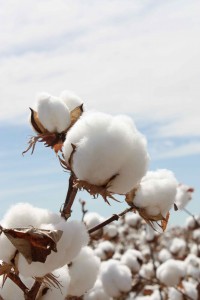 The North American colonies were a large and expanding market: unlike in Europe the consumption of cottons was not prohibited. Consumption of cotton textiles was widespread and not just among English colonists. A series of inventories for Quebec for the period 1666-1756 shows how cottons were used for different items of clothing, such as bonnets de nuit (night’s caps), mouchoirs (handkerchiefs), mouchoirs de col (neckerchiefs), as well as jupons (petticoats), tabliers (aprons) and capes (cloaks). By the 1760s and 1770s consumers in North America were provided not just with velvets, satins, damasks and taffetas, but also with a variety of printed and painted cottons used for clothing, the upholstering of beds, chairs and sofas, the furnishing of festoon and canopy beds, as well as for curtains.
The North American colonies were a large and expanding market: unlike in Europe the consumption of cottons was not prohibited. Consumption of cotton textiles was widespread and not just among English colonists. A series of inventories for Quebec for the period 1666-1756 shows how cottons were used for different items of clothing, such as bonnets de nuit (night’s caps), mouchoirs (handkerchiefs), mouchoirs de col (neckerchiefs), as well as jupons (petticoats), tabliers (aprons) and capes (cloaks). By the 1760s and 1770s consumers in North America were provided not just with velvets, satins, damasks and taffetas, but also with a variety of printed and painted cottons used for clothing, the upholstering of beds, chairs and sofas, the furnishing of festoon and canopy beds, as well as for curtains.
The passion for cottons persisted and at the end of the 18th century the newly independent United States imported vast quantities of muslin from India. In the first two decades of the following century cotton and silk bandanas from India were the most important imported product into the United States. Five million pieces were imported in the first decade of the century, practically one for each inhabitant, thus making them the most common item of apparel in America: we are used to seeing them around the necks of Hollywood cowboys.
Over the centuries the global story of cotton shows the complex interaction between producers, traders and consumers sometimes located thousands of miles away from each other. The world clothed in Indian cotton also expanded dramatically over the period classically defined as ‘the first global age’ to include not just Afro-Eurasia but also the Americas. Cotton textiles reshaped transcontinental relationships, gave impetus to slave plantations and created a new system of manufacturing in Europe. Cotton, before rubber, coffee and cocaine, became the first global commodity: the fabric that, more than any other, made the modern world.
~ Giorgio Riello, Professor of Global History and Culture at the University of Warwick and Director of the Pasold Research Fund for the History of Textiles, Dress and Fashion.






